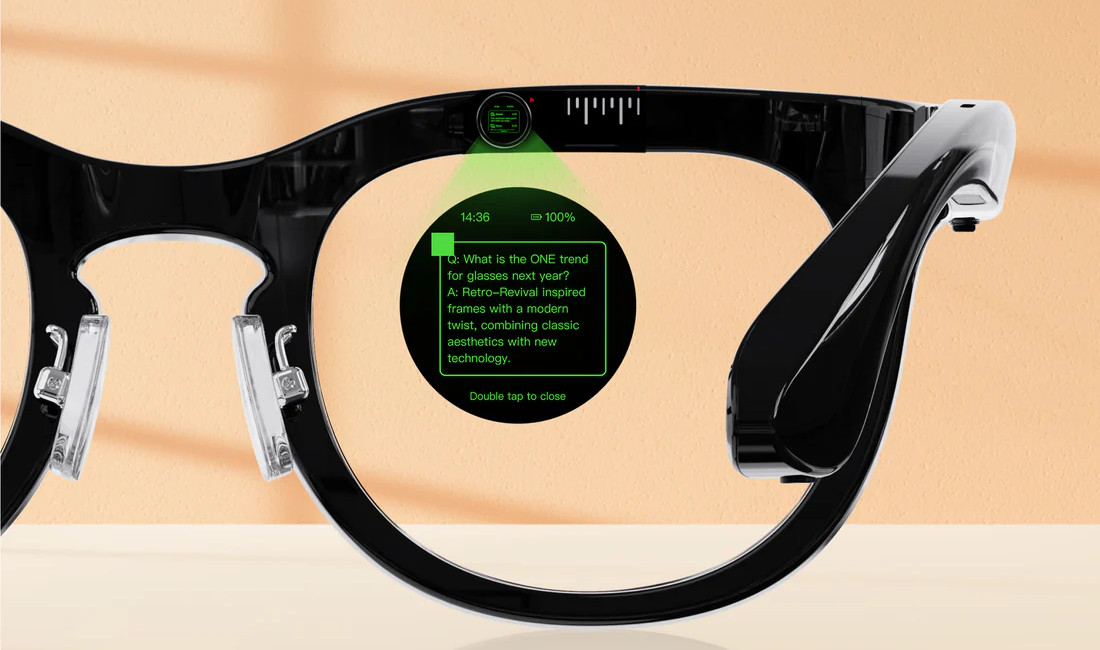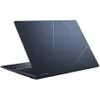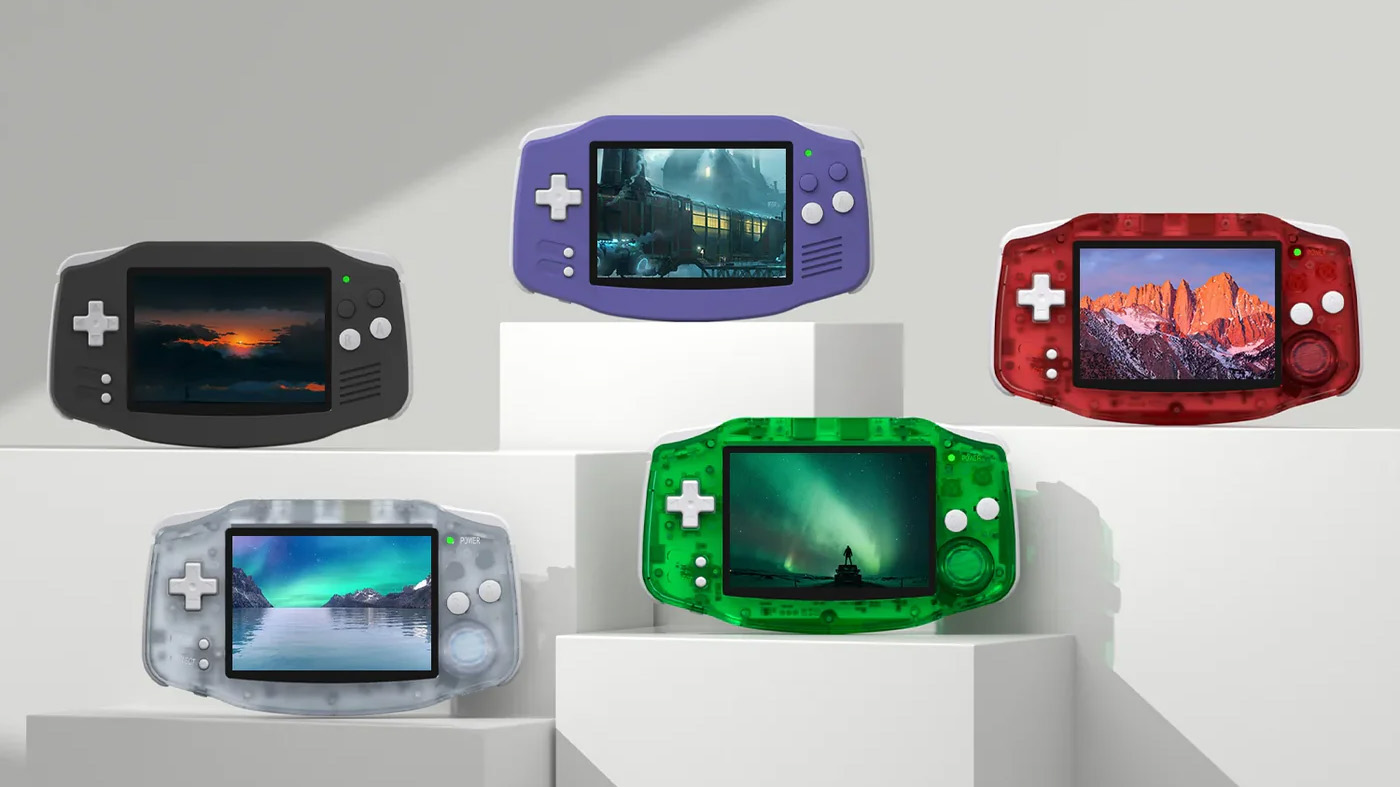These AI smart glasses just blew away my favorite Ray-Ban Meta frames at CES 2025
Halliday smart glasses push the boundaries of wearable AI and smart glasses tech and look to release early this year

Smart glasses had an impressive run in 2024, but it seems like 2025 will take these wearables to the next step, with a host of manufacturers looking to add a visual element to their products.
Samsung is one of the companies expected to showcase next-gen glasses like these, potentially at the upcoming Galaxy Unpacked event, rumored to be taking place on January 22.
However, the South Korean tech giants have been beaten to the punch, with the new AI-powered Halliday smart glasses debuting during CES 2025's Unveiled event.
Halliday's frames haven't only beaten Samsung's to the punch, they also offer a unique display tech I've not come across before, a handy wearable accessory for control of the glasses, and make impressive use of AI for seamless integration in everyday situations.
This article is part of a Laptop Mag special issue highlighting news, reviews, interviews, and analysis of the best in consumer tech showcased at CES 2025, direct from Las Vegas, Nevada. For more coverage, check out Laptop Mag's CES 2025 special issue.

Halliday Glasses: Next-gen smart glasses arrive to CES 2025
The Halliday Glasses are unlike many other smart glasses I've come across to date that offer a visual display. Unlike AR glasses, these frames don't make use of birdbath optics, and, unlike high-level concepts like the Snap Spectacles 5, doesn't use waveguide lenses.
Instead, the Halliday glasses use a DigiWindow, the world's smallest near-eye display module positioned on the inside of the frames to beam images (perceived as a 3.5-inch screen) directly into the eye of the wearer, positioned in the upper-right of their vision.

Not only does this allow for improved privacy, with the display not being visible to anybody but the wearer, but the image remains clear even in bright environments, offering the kind of visual stability most of your smart devices can only dream of.
This design is also fairly discrete (not to mention lightweight at only 35 grams) and can be tuned to match different prescriptions by turning a dial. It also means that your physical lenses offer no obstructions, and easily be swapped out for new lenses by your local opticians without any fuss or extra cost.
Halliday Glasses: Proactively powered by AI
The Halliday Glasses' DigiWindow also unlocks a new realm of interactivity, especially when paired with the frames' control ring, which allows you to interact with menus and modes of the glasses without needing to touch them through swiping and tapping gestures.
Many of these modes are powered by the glasses' proactive AI agent, which offers real-time AI assistance based on audio context. Halliday's AI agent anticipates the needs of the wearer, making notes and suggestions during conversations, and even fact-checking responses on the fly so you have all the information you need to hand, without even needing to ask.
The glasses can also capture audio memos, display notifications and offer quick replies, act as a teleprompter or display a cheat sheet to work from, display navigational prompts, show lyrics to music, transcribe conversations and memos, and even offer real-time translation of up to 40 languages.
Can Halliday top the popular Ray-Ban Meta smart glasses?
I'll be honest, the more I learn about the Halliday Glasses the more I become swayed to make a change from my Ray-Ban Meta daily drivers. While they lack the 12-megapixel camera of my daily frames, it's probably (for me) one of the least used features of Meta's glasses, with audio playback and conversing with Meta AI making up most of my interactions.
Halliday's Proactive AI and invisible display are compelling options for someone like me, and its control ring is a great way to interact with some of the glasses' features without needing to pull out my phone.

However, while Halliday's glasses appear like the much more attractive wearable compared to the current generation of Ray-Ban Meta smart glasses, we expect Meta to release a new third-generation of its glasses later this year, also with a display option built into the frames.
While Meta's third-generation smart glasses won't offer the full AR glasses vision of its Orion glasses, they are expected to offer similar functionality, with the added visual context of the frame's camera for interacting with Meta AI.
That said, the real kicker for me is the Halladay Glasses' impressive battery life claims. The company states that its smart glasses offer an all-day charge of 12 hours of use (and 100 hours of standby time), which you can top back up to full in only one hour of charge time.
As much as I love my Ray-Ban Metas, their battery life is lacking. Whether Meta can offer a similar level of battery life from its next-gen frames remains to be seen, and Halliday's claims are something I'd love to put to the test myself when the final product launches.
What's next?
The Halliday Glasses are currently available for pre-order at the Halliday homepage. Those who pre-order (at $9.90) will be eligible for a limited launch day exclusive of up to $120 on the frames, and gain a free pair of prescription lenses.
The glasses are expected to become available for $399 to $499, with shipping expected to begin by late March.
More from Laptop Mag
- This major Meta Ray-Ban rumor has me amped for the future of smart glasses
- Samsung Smart Glasses in January 2025? Here's everything we know so far
- My favorite ChatGPT-powered smart glasses just got a massive upgrade

Rael Hornby, potentially influenced by far too many LucasArts titles at an early age, once thought he’d grow up to be a mighty pirate. However, after several interventions with close friends and family members, you’re now much more likely to see his name attached to the bylines of tech articles. While not maintaining a double life as an aspiring writer by day and indie game dev by night, you’ll find him sat in a corner somewhere muttering to himself about microtransactions or hunting down promising indie games on Twitter.











